Home>Garden Essentials>What Is Softscape Landscaping
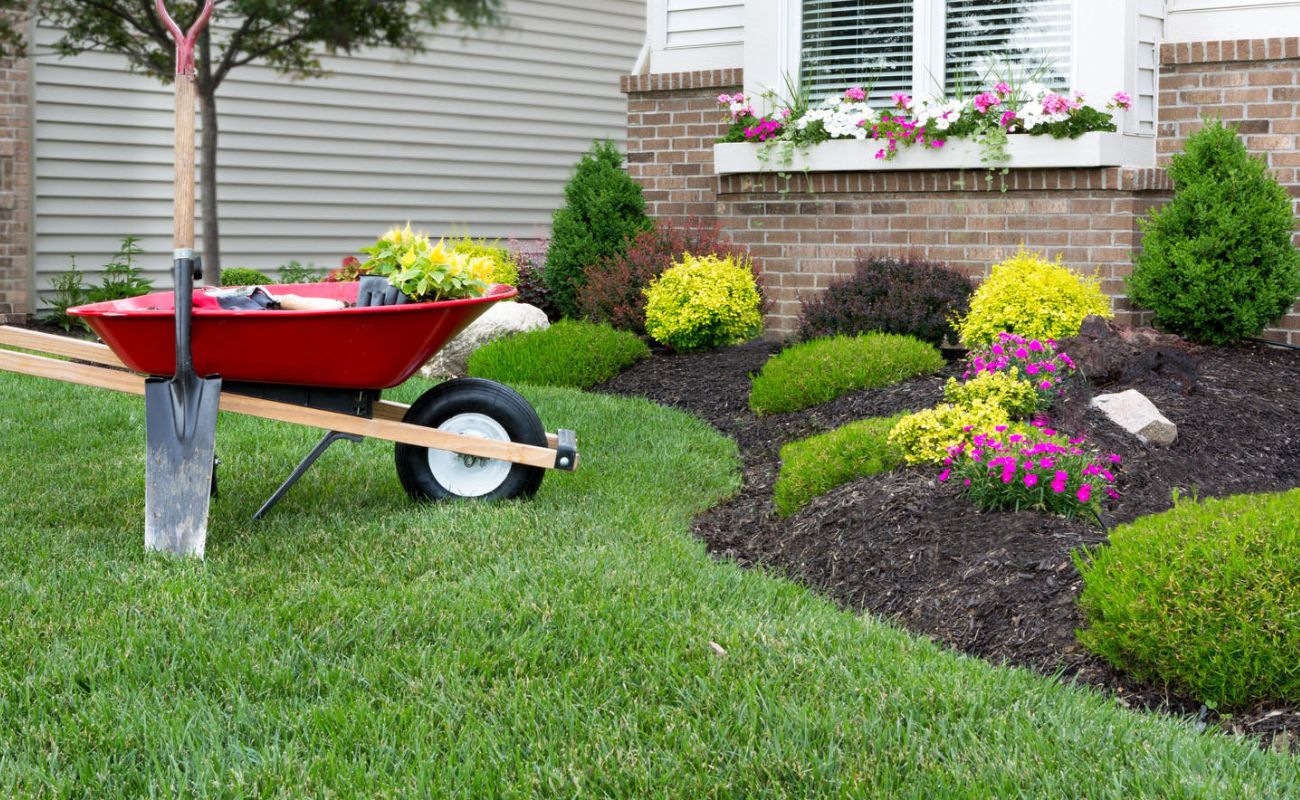

Garden Essentials
What Is Softscape Landscaping
Modified: October 28, 2024
Learn all about softscape landscaping and how it can transform your garden. Discover the various plants, flowers, and trees that can enhance the beauty of your outdoor space.
(Many of the links in this article redirect to a specific reviewed product. Your purchase of these products through affiliate links helps to generate commission for Storables.com, at no extra cost. Learn more)
Introduction
Welcome to the world of softscape landscaping, a realm where nature meets design to create beautiful outdoor spaces. Softscape landscaping is a term used to describe the use of living elements in the design and construction of landscapes. Unlike hardscape elements such as rocks, pavement, and structures, softscape focuses on the intricate arrangement of plants, trees, flowers, and other organic elements.
Softscape landscaping goes beyond simply planting a few flowers or trees in a yard. It involves careful planning, selection, and arrangement of living elements to create a harmonious and visually appealing environment. From lush gardens to serene water features, softscape landscaping offers endless possibilities to transform your outdoor space into a tranquil and inviting haven.
In this article, we will delve into the world of softscape landscaping, exploring its importance, components, and maintenance. Whether you are a seasoned gardener or a novice enthusiast, this guide will provide you with valuable insights to create and maintain a stunning softscape landscape.
Key Takeaways:
- Softscape landscaping uses living elements like plants and water features to create beautiful outdoor spaces, promoting environmental sustainability and enhancing well-being.
- Regular maintenance, including watering, weeding, and pruning, is essential for the health and longevity of softscape landscaping, ensuring a thriving and visually pleasing outdoor space.
Definition of Softscape Landscaping
Softscape landscaping can be defined as the use of living elements, including plants, trees, flowers, and other organic materials, to create an aesthetically pleasing and functional outdoor space. It is the art of combining various natural elements to design and enhance the overall appearance of a landscape.
Unlike hardscape elements such as patios, walkways, and structures, which add structure and functionality to a landscape, softscape focuses on the softer, more organic elements. It includes everything from the selection and arrangement of plants to the integration of water features and the creation of focal points with flowers and shrubs.
Softscape landscaping is not limited to residential gardens, but can also be implemented in commercial spaces, parks, and public areas. It aims to create a harmonious balance between the built environment and the natural world, enhancing the overall beauty and ambience of a space.
One of the key features of softscape landscaping is its ability to evolve and change with the seasons. By incorporating a variety of plants and flowers that bloom at different times of the year, a softscape landscape can constantly transform, offering a vibrant and ever-changing display of colors and textures.
Softscape landscaping also has the added benefit of providing environmental benefits. Plants and trees are natural air purifiers, absorbing carbon dioxide and releasing oxygen, thus improving the air quality. They also help to reduce noise pollution and provide habitats for wildlife.
In summary, softscape landscaping is the art of using living elements to create a visually appealing and functional outdoor space. It involves careful planning, selection, and arrangement of plants, trees, flowers, and other organic materials to enhance the overall beauty and environmental sustainability of a landscape.
Importance of Softscape Landscaping
Softscape landscaping plays a crucial role in creating visually stunning and harmonious outdoor spaces. Here are some of the key reasons why softscape landscaping is important:
- Enhances the Aesthetics: One of the primary benefits of softscape landscaping is its ability to enhance the overall beauty and aesthetics of a space. By carefully selecting and arranging plants, flowers, and trees, a softscape landscape can create a visually appealing and inviting environment. The colors, textures, and shapes of the plants add depth and visual interest to the landscape, creating a sense of harmony and tranquility.
- Improves Environmental Sustainability: Softscape landscaping is an environmentally friendly approach to landscaping. Plants, trees, and grass absorb carbon dioxide and release oxygen, helping to reduce air pollution and improve air quality. They also act as natural filters, reducing the runoff of water and preventing soil erosion. The use of native plants in softscape landscaping promotes biodiversity and supports local ecosystems.
- Creates a Relaxing and Serene Atmosphere: Softscape features such as gardens, flower beds, and water features add a sense of tranquility and relaxation to outdoor spaces. The presence of greenery and the soothing sound of flowing water can have a calming effect on the mind and body. Softscape landscaping provides a peaceful retreat from the hustle and bustle of daily life, allowing individuals to connect with nature and find solace in their surroundings.
- Increases Property Value: Well-designed softscape landscaping can significantly increase the value of a property. A beautifully landscaped yard with lush gardens and well-maintained plants creates a positive first impression and enhances curb appeal. Potential buyers are more likely to be attracted to a property that has a well-maintained and aesthetically pleasing outdoor space.
- Provides Functional Benefits: Softscape elements can also serve functional purposes in a landscape. Trees provide shade, reducing the need for artificial cooling during hot summer months. Plants and shrubs can be strategically placed to create privacy screens or buffer noise from neighboring properties. Softscape landscaping can also contribute to energy efficiency by reducing heat absorption and lowering energy costs.
- Boosts Mental and Physical Well-being: Interacting with nature has been proven to have numerous health benefits. Softscape landscaping provides opportunities for individuals to engage with their surroundings, whether through gardening, outdoor activities, or simply enjoying the beauty of the landscape. Spending time in a well-designed softscape environment can reduce stress, improve mood, and enhance overall well-being.
Overall, softscape landscaping is not just about creating a visually appealing outdoor space, but also about promoting environmental sustainability, providing functional benefits, and enhancing the well-being of individuals. It is an essential aspect of landscape design that transforms an ordinary yard into a captivating and rejuvenating oasis.
Components of Softscape Landscaping
Softscape landscaping encompasses a wide range of living elements that come together to create a harmonious and vibrant outdoor space. Here are some of the key components of softscape landscaping:
- Plants and Trees: Plants and trees are the backbone of any softscape landscape. They provide the foundation and structure for the overall design. From towering trees that provide shade and vertical interest to ornamental grasses that add texture and movement, the selection of plants and trees is crucial in creating a visually appealing landscape.
- Flowers and Shrubs: Flowers and shrubs add bursts of color, fragrance, and seasonal interest to a softscape landscape. They can be used to create focal points or borders, and their vibrant blooms can attract beneficial pollinators such as bees and butterflies. The variety of flowers and shrubs available allows for endless possibilities in creating unique and stunning displays.
- Grass and Groundcover: Grass and groundcover play an essential role in softscape landscaping, providing a lush and inviting backdrop. Whether it’s a manicured lawn, a carpet of moss, or a bed of low-growing groundcover plants, the choice of grass and groundcover can greatly impact the visual appeal and functionality of a landscape.
- Water Features: Incorporating water features such as ponds, waterfalls, or fountains can add a sense of serenity and tranquility to a softscape landscape. The sounds of flowing water and the presence of aquatic plants and animals create a soothing and relaxing atmosphere. Water features also attract birds and wildlife, enhancing the overall biodiversity of the landscape.
- Hardscape Elements: While softscape landscaping primarily focuses on living elements, hardscape elements such as paths, patios, and retaining walls can complement and enhance the overall design. Hardscape elements provide structure, define spaces, and create functional areas within the landscape. It’s important to strike a balance between softscape and hardscape elements to create a cohesive and visually pleasing outdoor space.
- Lighting: Lighting is an often overlooked component of softscape landscaping, but it plays a crucial role in highlighting and enhancing the beauty of the landscape, as well as providing safety and security. Well-placed outdoor lighting can create dramatic effects, accentuating architectural features, and illuminating pathways and garden beds.
- Ornaments and Accents: Adding ornamental elements such as sculptures, garden art, and decorative pots can add a personal touch and create visual interest in a softscape landscape. These accents can be strategically placed to draw attention to specific areas or create focal points within the landscape.
By carefully selecting and combining these various components, designers and homeowners can create a softscape landscape that not only reflects their personal style but also provides a visually captivating and inviting outdoor space.
Plants and Trees in Softscape Landscaping
Plants and trees are the backbone of softscape landscaping, adding beauty, structure, and functionality to outdoor spaces. They provide a range of benefits, including providing shade, creating privacy, attracting wildlife, and improving air quality. Here are some key points to consider when incorporating plants and trees into your softscape landscape:
- Selection: When choosing plants and trees, consider factors such as climate, soil conditions, and maintenance requirements. Native plants are generally a good choice as they are adapted to the local environment and require less water, fertilizer, and pesticides. Select a variety of plants with different textures, colors, and flowering times to ensure year-round interest in your landscape.
- Placement: Consider the mature size of plants and trees when deciding their placement. Allow sufficient space for them to grow without overcrowding or obstructing other plants or structures. Place taller trees strategically to provide shade in specific areas or to create focal points. Smaller plants and groundcovers can be used to fill in gaps and create visual interest along paths or borders.
- Layering: Create a sense of depth and dimension in your softscape landscape by using layering techniques. Plant taller trees at the back or periphery of the space, followed by medium-sized shrubs, and finally, lower-growing plants or groundcovers in the front. This layering effect adds visual interest and creates a sense of depth and fullness to the landscape.
- Biodiversity: Incorporating a diverse range of plant species in your softscape landscape promotes biodiversity and helps support local ecosystems. Different plants attract different birds, butterflies, and beneficial insects, creating a balanced and thriving ecosystem. Additionally, a mix of flowering plants can provide a continuous source of nectar and pollen for pollinators throughout the year.
- Seasonal Interest: Create a dynamic and ever-changing landscape by selecting plants and trees that offer seasonal interest. Choose species that bloom at different times of the year to ensure a vibrant display of color and fragrance throughout the seasons. Consider plants with interesting foliage, such as those with variegated leaves or plants that change color in the fall.
- Texture and Form: Pay attention to the texture and form of plants to add visual interest to your softscape landscape. Combine plants with different leaf shapes, sizes, and textures to create contrast and variety. Incorporate plants with interesting forms, such as those with weeping branches, columnar shapes, or architectural features, to add drama and uniqueness to your landscape.
- Maintenance: Regular maintenance is essential for the health and vitality of your plants and trees. Proper watering, fertilization, pruning, and pest control are necessary to ensure they thrive and continue to enhance your landscape. Consider the maintenance requirements of the plants when selecting them, and be prepared to invest time and effort to keep them looking their best.
By carefully selecting and incorporating a variety of plants and trees into your softscape landscape, you can create a beautiful and thriving outdoor space that is both visually appealing and environmentally beneficial.
Read more: What Is Landscaping
Flowers and Shrubs in Softscape Landscaping
Flowers and shrubs are essential components of softscape landscaping, adding visual appeal, fragrance, and seasonal interest to outdoor spaces. They play a vital role in creating vibrant and colorful landscapes that are pleasing to the eye. Here are some key points to consider when incorporating flowers and shrubs into your softscape design:
- Selection: When choosing flowers and shrubs for your softscape landscape, consider factors such as climate, soil conditions, and maintenance requirements. Select a mix of annuals and perennials to ensure a continuous display of blooms throughout the seasons. Choose flowers and shrubs with colors that complement each other and the overall color scheme of your landscape.
- Seasonal Blooms: Incorporate a variety of flowers and shrubs that offer blooms at different times of the year. By carefully selecting plants with staggered blooming periods, you can ensure that your landscape is always abloom with vibrant colors and fragrances. Spring bulbs, summer perennials, and fall-blooming shrubs can provide a continuous show of flowers throughout the year.
- Height and Size: Consider the mature height and size of flowers and shrubs when planning their placement in your softscape landscape. Taller shrubs can provide privacy or serve as a backdrop to smaller flowers. Use taller perennials or shrubs to anchor the back of flower beds, while shorter varieties can be placed in the middle or front to create layers of height and visual interest.
- Fragrance: Fragrant flowers can add another sensory dimension to your softscape landscape. Incorporate plants with pleasant scents, such as lavender, jasmine, or roses, to create a fragrant oasis. Consider placing these plants near seating areas or along pathways, where their delightful fragrances can be easily enjoyed.
- Color Harmony: Pay attention to the color scheme and harmony of your flower and shrub selections. Choose colors that complement each other and create a pleasing palette. Consider using a mix of warm and cool colors to create balance and depth. A well-thought-out color scheme can elevate the visual impact of your softscape landscape.
- Texture and Foliage: Flowers are not just about their blooms. Take into account the foliage and texture of the plants as well. Incorporate plants with different leaf shapes, sizes, and textures to add visual interest to your landscape. Plants with variegated leaves or interesting foliage patterns can provide year-round appeal, even when they are not in bloom.
- Attracting Wildlife: Flowers and shrubs can attract pollinators such as butterflies, bees, and hummingbirds, adding another layer of life and enchantment to your softscape landscape. Select plants that are known to attract specific pollinators and create a welcoming habitat for them. By encouraging pollinators, you are not only enhancing the beauty of your landscape, but also supporting the natural ecosystem.
- Proper Placement: Consider the placement of flowers and shrubs in your softscape landscape to create visual impact. Use flowers to create focal points or borders, and strategically place shrubs to provide structure and fill in gaps. Grouping similar plants together can create a cohesive look, while scattering them throughout the landscape can add a sense of randomness and natural beauty.
- Maintenance: Different flowers and shrubs have different maintenance requirements. Some may require regular deadheading, pruning, or dividing. It’s important to be aware of the specific needs of your plants and shrubs to ensure their vitality and health. Regular watering, mulching, and fertilizer application may also be necessary to promote growth and flowering.
By incorporating a carefully selected mix of flowers and shrubs into your softscape landscape, you can create a visually stunning and ever-changing tapestry of color, fragrance, and texture that will bring joy and delight throughout the seasons.
Softscape landscaping refers to the living elements in a landscape, such as plants, trees, and grass. When designing a softscape, consider the climate, soil type, and maintenance requirements of the plants to ensure they thrive in the environment.
Grass and Groundcover in Softscape Landscaping
Grass and groundcover are essential elements of softscape landscaping, providing a lush and inviting foundation for your outdoor space. They offer a range of benefits, such as erosion control, weed suppression, and aesthetic appeal. Here are some key points to consider when incorporating grass and groundcover into your softscape design:
- Grass Selection: When choosing grass for your softscape landscape, consider factors such as climate, soil conditions, and maintenance requirements. There are different types of grass, such as cool-season grasses and warm-season grasses, each with its own characteristics and needs. Determine the type of grass that is suitable for your region and the amount of sunlight your lawn receives.
- Lawn Maintenance: Proper lawn maintenance is essential for a healthy and vibrant softscape landscape. Regular mowing, watering, fertilizing, and aerating are required to ensure the vitality of the grass. Develop a schedule for lawn care tasks based on the specific needs of the grass species you have chosen and the climate of your area.
- Groundcover Selection: Groundcovers are low-growing plants that spread and cover the ground, creating a dense and uniform appearance. When selecting groundcovers, consider factors such as shade tolerance, soil type, and maintenance requirements. Groundcovers can be used as alternatives to traditional lawns or to fill in gaps between other landscaping elements.
- Functionality: Grass and groundcover can serve functional purposes in your softscape landscape. Lawns provide a space for outdoor activities such as picnics, sports, or relaxation. Groundcovers can be used to stabilize slopes, control erosion, or create visually appealing pathways. Consider the intended use of your outdoor space when deciding on the amount and placement of grass and groundcover.
- Texture and Appearance: Grass and groundcover can add texture and visual interest to your softscape landscape. Consider the texture of the grass blades and the appearance of the groundcover plants when selecting them. For example, fine-textured grasses can create a more formal and manicured look, while coarser-textured grasses can add a more rustic and natural feel.
- Alternatives to Grass: If you prefer a low-maintenance alternative to traditional grass, consider using groundcovers or artificial turf. Groundcovers such as creeping thyme, sedum, or vinca can provide a lush and colorful carpet-like appearance with minimal maintenance. Artificial turf offers the look of a perfectly manicured lawn without the need for watering, mowing, or fertilizing.
- Combining Grass and Groundcover: Grass and groundcover can be used together to create visual interest and variety in your softscape landscape. Consider incorporating islands or patches of groundcover within a larger lawn area to break up the monotony and add texture. Mixing different types of groundcovers or using different grass species in different areas can also create a visually appealing and dynamic landscape.
- Edging and Maintenance: Proper edging along the lawn and groundcover areas is essential to keep them well-defined and prevent unwanted encroachment. Regular maintenance such as trimming, pruning, and weeding is necessary to ensure that the grass and groundcovers remain neat and healthy.
By carefully selecting and maintaining grass and groundcover in your softscape landscape, you can create a visually appealing and functional outdoor space that provides a lush and inviting environment for relaxation and enjoyment.
Water Features in Softscape Landscaping
Water features are beautiful and captivating components of softscape landscaping, adding a sense of serenity, tranquility, and natural beauty to outdoor spaces. Whether it’s a pond, waterfall, fountain, or birdbath, incorporating water features can transform your landscape into a tranquil oasis. Here are some key points to consider when incorporating water features into your softscape design:
- Type of Water Feature: There are various types of water features to choose from, depending on the size, style, and desired ambiance of your landscape. Ponds and lakes provide larger bodies of water, creating a natural-looking focal point. Waterfalls can be incorporated into existing slopes or constructed using rocks and stones. Fountains offer a more formal and controlled flow of water, while birdbaths attract wildlife and add a charming touch to the landscape.
- Location and Placement: Consider the location and placement of your water feature to maximize its impact and enjoyment. Place it where it can be easily seen and appreciated, such as near a seating area or along a path. Positioning water features near existing plants or trees can enhance the overall beauty and provide a soothing backdrop of sounds and movement.
- Size and Scale: The size and scale of your water feature should be proportional to the surrounding landscape. Consider the available space and ensure that the water feature complements the overall design. A large landscape may accommodate a grander water feature, while a smaller garden may require a more compact and subtle option.
- Materials and Design: Choose materials and designs that harmonize with the style of your landscape. Natural materials such as rocks, boulders, and pebbles can create a more organic and traditional look, while sleek stone or metal finishes offer a modern and sophisticated aesthetic. Consider incorporating plants or water-loving vegetation around the water feature to blend it seamlessly with the rest of the softscape landscape.
- Maintenance: Regular maintenance is crucial for the longevity and appeal of your water feature. Keep the water clean and clear by maintaining proper filtration and circulation. Regularly remove debris, such as leaves or algae, to prevent clogging and ensure smooth flow. In cooler climates, consider winterizing the water feature to protect it from freezing temperatures.
- Lighting: Adding lighting to your water feature can create a stunning effect, especially in the evening hours. Illuminate the water feature with underwater lights or strategically placed spotlights to highlight its beauty and create a magical ambiance. Consider the play of light and shadow on the water surface and surrounding areas to enhance the overall visual impact.
- Wildlife and Ecosystem: Water features can attract a variety of wildlife, including birds, butterflies, and frogs, enriching the ecosystem of your softscape landscape. Incorporate plants, such as water lilies or aquatic grasses, to provide habitat and shelter for wildlife. Just be aware that certain wildlife, such as mosquitoes, may also be attracted to standing water, so consider using mosquito dunks or other methods to keep their population in check.
- Safety Considerations: If you have children or pets, take safety precautions when incorporating water features into your softscape landscape. Consider adding secure fencing, installing a safety cover, or using shallow water features to prevent accidents. It is important to ensure that your water feature is safe and enjoyable for everyone.
By carefully selecting and integrating water features into your softscape landscape, you can create a serene and captivating outdoor space that invites relaxation, enhances the aesthetics, and provides an element of tranquility amidst the natural beauty of your surroundings.
Hardscape Elements in Softscape Landscaping
Hardscape elements are an important aspect of softscape landscaping, providing structure, functionality, and visual interest to outdoor spaces. Hardscape refers to the non-living elements such as pathways, patios, retaining walls, and other constructed features. When incorporated thoughtfully, hardscape elements can complement and enhance the beauty of the softscape. Here are some key points to consider when incorporating hardscape elements into your softscape design:
- Paths and Walkways: Paths and walkways provide a sense of direction and connectivity within your softscape landscape. They guide visitors through the garden and create a flow between different areas. Choose materials that align with the desired aesthetic, such as natural stone, pavers, or gravel, and consider the width and shape to ensure ease of movement.
- Patios and Decks: Patios and decks serve as outdoor living spaces, providing areas for relaxation, entertaining, and dining. They can be constructed using a variety of materials, including concrete, stone, or wood. Consider the size, shape, and location of your patio or deck to optimize its functionality and ensure it blends seamlessly with the surroundings.
- Retaining Walls: Retaining walls are used to level sloped areas and prevent soil erosion. They can also add architectural interest to your softscape landscape. Retaining walls can be constructed using a variety of materials such as stone, brick, or concrete blocks. Choose a material and design that complements the overall style of your landscape and consider incorporating plants and vines to soften their appearance.
- Seating Areas and Outdoor Furniture: Incorporating seating areas and outdoor furniture in your softscape landscape offers a place for relaxation and enjoyment. They can be constructed from materials that are weather-resistant and durable, such as wood, metal, or wicker. Choose comfortable seating and arrange the furniture in a way that encourages conversation and interaction with the surrounding landscape.
- Structures and Arbors: Structures such as arbors, pergolas, or trellises can add vertical interest and provide support for climbing plants and vines. They enhance the vertical dimension of your softscape landscape and create a focal point. Consider using materials such as wood or wrought iron to add character and charm.
- Lighting: Outdoor lighting is not only functional but also adds ambiance and enhances the overall aesthetics of your softscape landscape. Use a combination of pathway lights, spotlights, and accent lights to highlight key features such as pathways, plants, and water features. Consider the placement and direction of light to create a warm and inviting atmosphere.
- Decorative Elements: Incorporating decorative elements such as sculptures, statues, or garden art can add personality and charm to your softscape landscape. Choose pieces that align with your style and preferences, and place them strategically to create focal points or add visual interest. Consider using natural materials or repurposed items to create a unique and eco-friendly touch.
- Fire Pits and Outdoor Fireplaces: Adding a fire pit or outdoor fireplace can extend the usability of your softscape landscape into the cooler months. They create a cozy and inviting atmosphere for gatherings and provide warmth. Ensure proper safety measures and adhere to local regulations when installing fire pits or fireplaces.
- Integration with Softscape: The key to successful hardscape integration in softscape landscaping is to create a balance between the built elements and the living plants. Soften the transitions by incorporating plants around hardscape elements, such as planting flowers along the edges of paths or using climbing vines to cover walls. The combination of hardscape and softscape will create a harmonious and visually appealing environment.
By thoughtfully incorporating hardscape elements into your softscape landscape, you can create functional and visually stunning outdoor spaces that blend the natural beauty of plants with the structure and character provided by constructed elements.
Read more: What Are Landscaping Services
Maintenance and Care of Softscape Landscaping
Maintenance and care are essential aspects of softscape landscaping to ensure the health, beauty, and longevity of your outdoor space. Regular attention and proper care will help your softscape landscape thrive and continue to provide enjoyment for years to come. Here are some key points to consider for the maintenance and care of your softscape landscaping:
- Watering: Proper watering is crucial for the health of your plants, trees, flowers, and grass. Watering needs may vary depending on the type of plants, soil conditions, and climate. Monitor the moisture levels of the soil and water accordingly, providing enough water to keep the roots adequately hydrated but avoiding over-watering, which can lead to root rot or other issues. Water early in the morning or late in the evening to minimize water evaporation.
- Weeding: Regular weeding is necessary to prevent the growth of unwanted plants that compete for resources with your desired plants. Remove weeds by hand, using a gardening tool or weedkiller as necessary. Regularly inspect your softscape landscape for new weed growth and address them promptly to prevent them from spreading.
- Pruning and Trimming: Pruning and trimming help maintain the shape, size, and health of your plants, trees, and shrubs. Remove dead or diseased branches, damaged foliage, or overgrown sections. Prune flowering plants after they bloom to encourage new growth and maintain a neat appearance. Be mindful of the specific pruning requirements for each plant, as improper pruning can negatively impact their growth and flowering.
- Fertilizing: Fertilizing provides essential nutrients to support the growth and development of your plants. Choose a fertilizer that is suitable for the specific types of plants in your softscape landscape, and follow the instructions for application rates and timings. Apply fertilizer during the growing season to ensure optimal nutrient uptake and avoid over-fertilization, which can harm the plants.
- Mulching: Apply a layer of mulch around your plants and trees to help retain moisture in the soil, suppress weed growth, and regulate soil temperature. Mulch also adds an aesthetic appeal to your softscape landscape and can help prevent soil erosion. Use organic mulch, such as wood chips or bark, and replenish it as needed to maintain an adequate depth of 2-4 inches.
- Seasonal Care: Each season presents unique care requirements for your softscape landscape. In spring, remove any debris, prune winter-damaged branches, and prepare the soil for new plantings. Summer requires vigilant watering and monitoring for pests and diseases. In fall, rake fallen leaves, divide perennials, and prepare plants for winter. Winter care involves protecting vulnerable plants from frost or providing adequate insulation.
- Pest and Disease Management: Regularly inspect your softscape landscape for signs of pests or diseases. Monitor for common pests such as aphids, snails, or fungal diseases. If necessary, choose environmentally friendly pest control methods and treatments. Early detection and swift action can help prevent the spread of pests or diseases and minimize damage to your plants.
- Professional Support: Consider seeking professional assistance for more complex tasks or ongoing maintenance needs. Professional landscapers can provide expertise, advice, and specialized tools required for maintaining your softscape landscape. They can also handle more extensive projects such as soil testing, irrigation system installation or repair, or tree pruning at heights.
- Regular Inspections: Make it a habit to regularly inspect your softscape landscape for any signs of issues or changes. Monitor the health and growth of your plants, check for signs of stress, pests, or diseases, and address them promptly. Staying proactive and attentive to the needs of your landscape will help maintain its vitality and beauty.
Remember that proper maintenance and care are ongoing responsibilities. By investing a little time and effort into the regular upkeep of your softscape landscaping, you can enjoy a thriving and visually pleasing outdoor space throughout the seasons.
Conclusion
Softscape landscaping offers a world of endless possibilities, where nature intertwines with design to create stunning and inviting outdoor spaces. By incorporating living elements such as plants, trees, flowers, and water features, softscape landscaping enhances the beauty, functionality, and environmental sustainability of your outdoor environment.
Throughout this article, we have explored the various components and importance of softscape landscaping. We have seen how plants and trees bring life and structure to the landscape, while flowers and shrubs add bursts of color and seasonal interest. Grass and groundcover provide a lush backdrop, and water features create a sense of tranquility and serenity. Additionally, hardscape elements offer structure and functionality, seamlessly blending with the organic softscape elements.
Maintenance and care are vital aspects of softscape landscaping to ensure the health and longevity of your outdoor space. Watering, weeding, pruning, fertilizing, and mulching help maintain the well-being of your plants, while proper seasonal care and pest management protect them from potential threats. Regular inspections and professional support can further enhance the beauty and health of your softscape landscape.
In conclusion, softscape landscaping is an art form that allows you to connect with nature, create harmonious outdoor spaces, and enhance the overall aesthetics of your property. It provides a sanctuary where you can relax, unwind, and enjoy the beauty of the natural world. By embracing softscape landscaping techniques, you can transform your outdoor space into a captivating haven that reflects your personal style, promotes environmental sustainability, and enriches your overall well-being.
So go ahead, unleash your creativity, and embark on the journey of softscape landscaping. With careful planning and attention to detail, you can create a remarkable outdoor space that brings you joy, tranquility, and a deep connection to nature for years to come.
Frequently Asked Questions about What Is Softscape Landscaping
Was this page helpful?
At Storables.com, we guarantee accurate and reliable information. Our content, validated by Expert Board Contributors, is crafted following stringent Editorial Policies. We're committed to providing you with well-researched, expert-backed insights for all your informational needs.
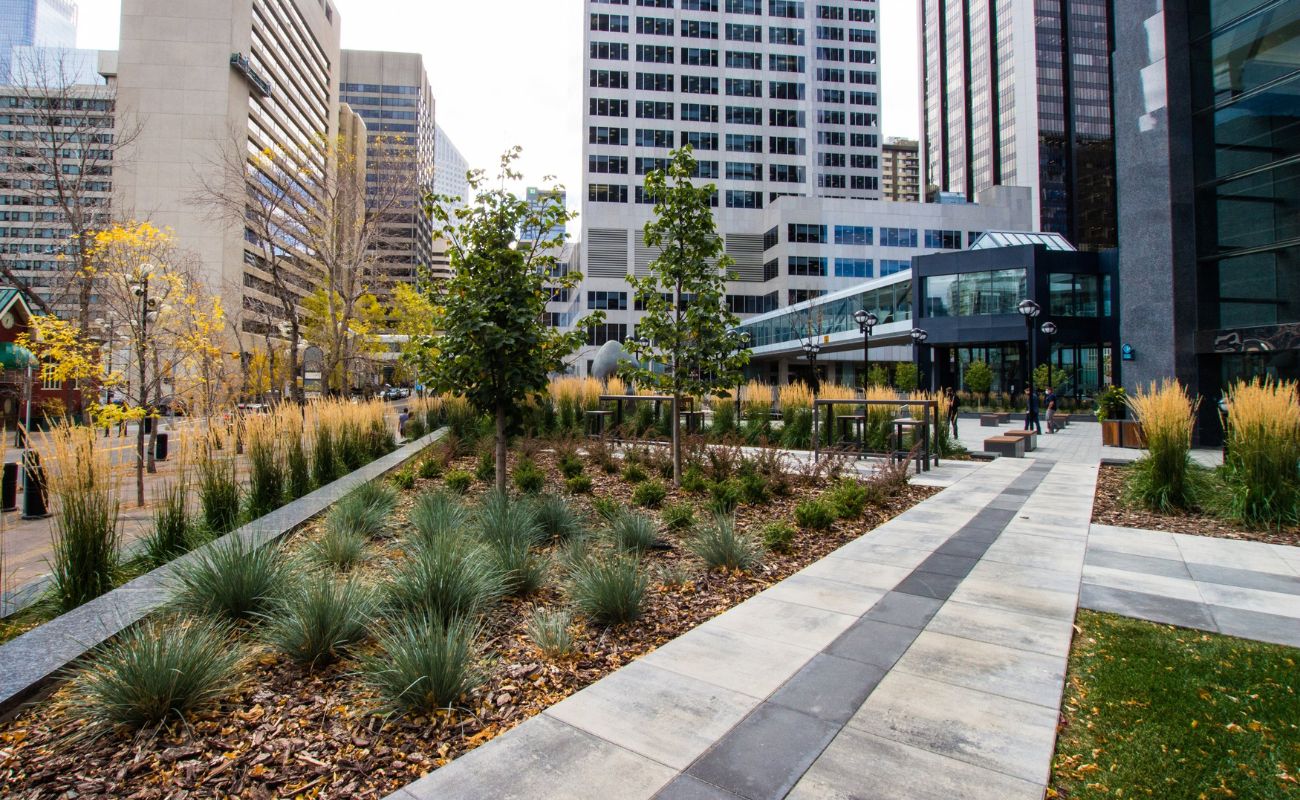
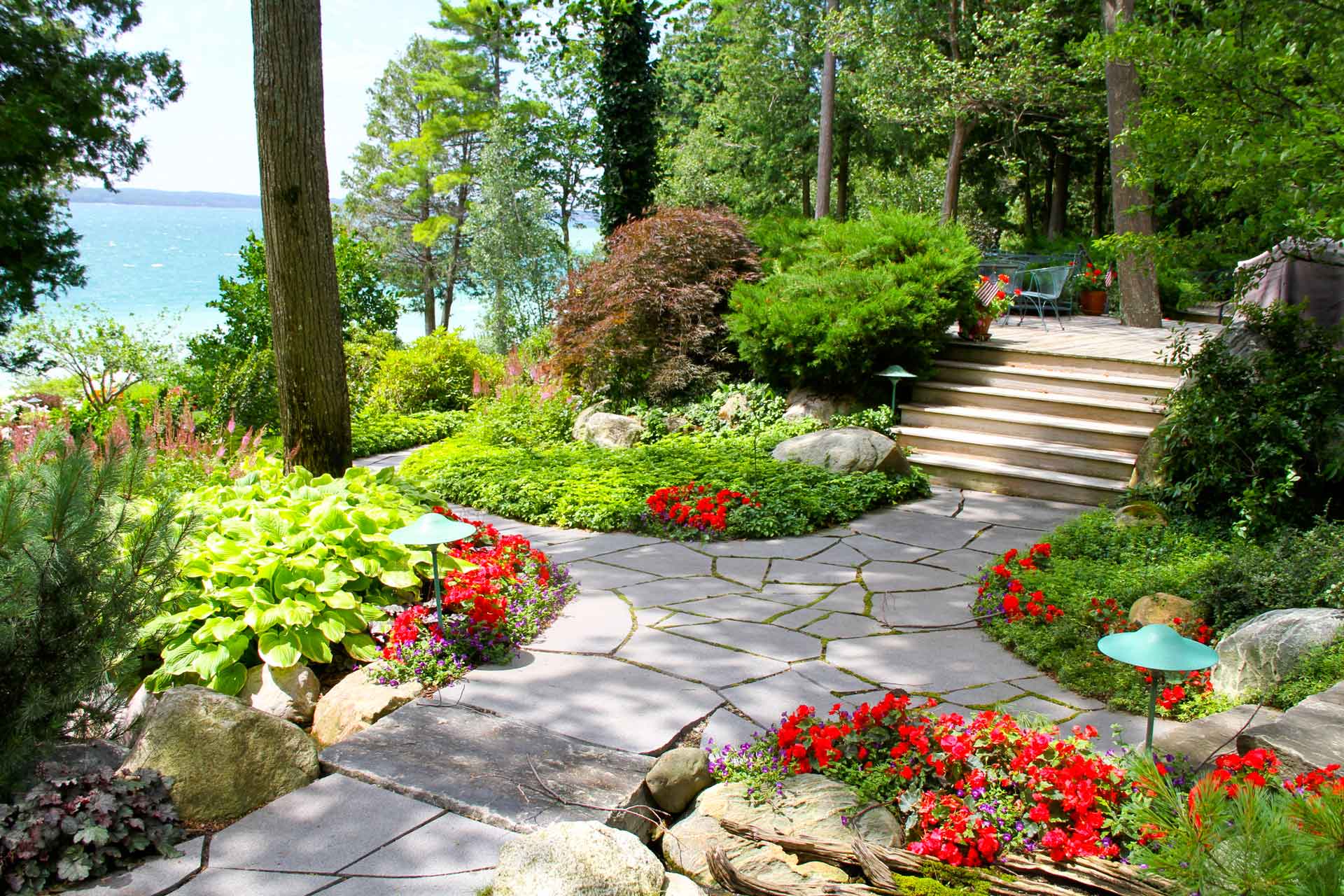
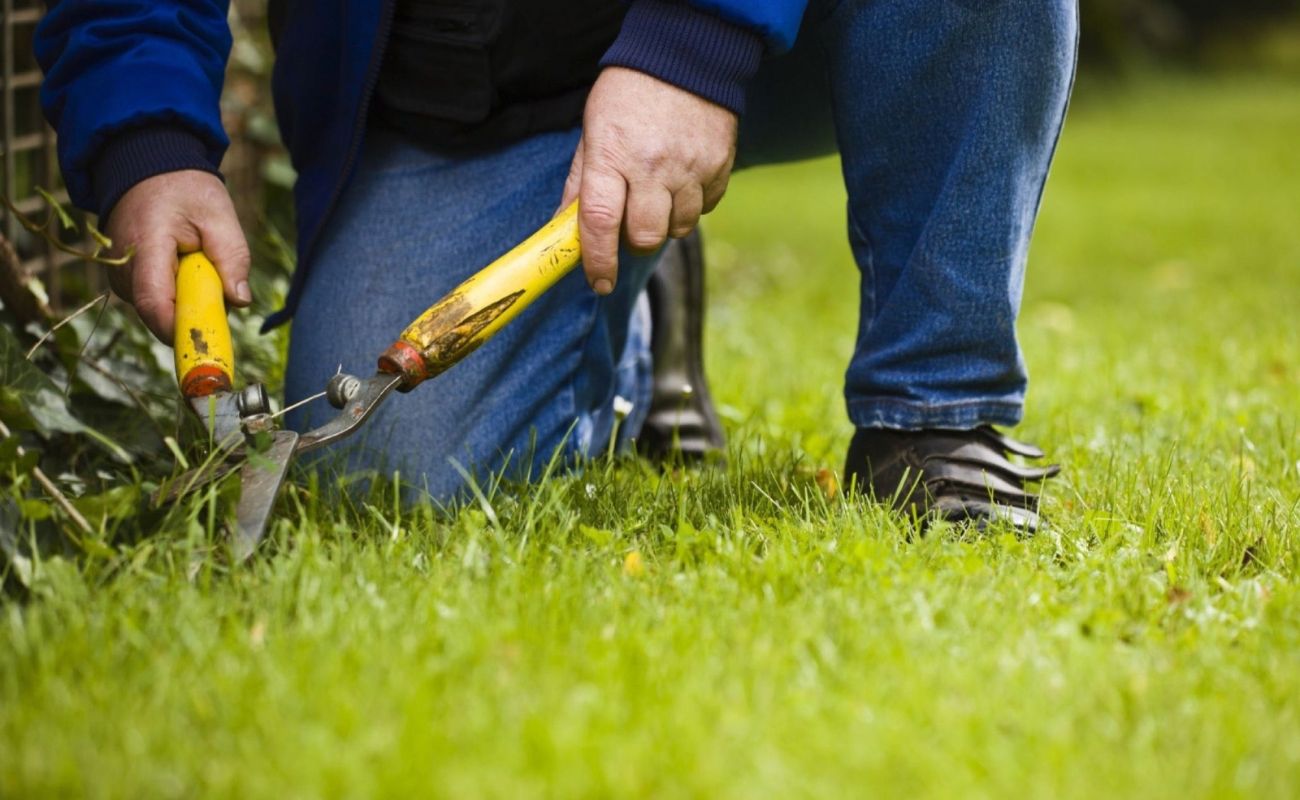
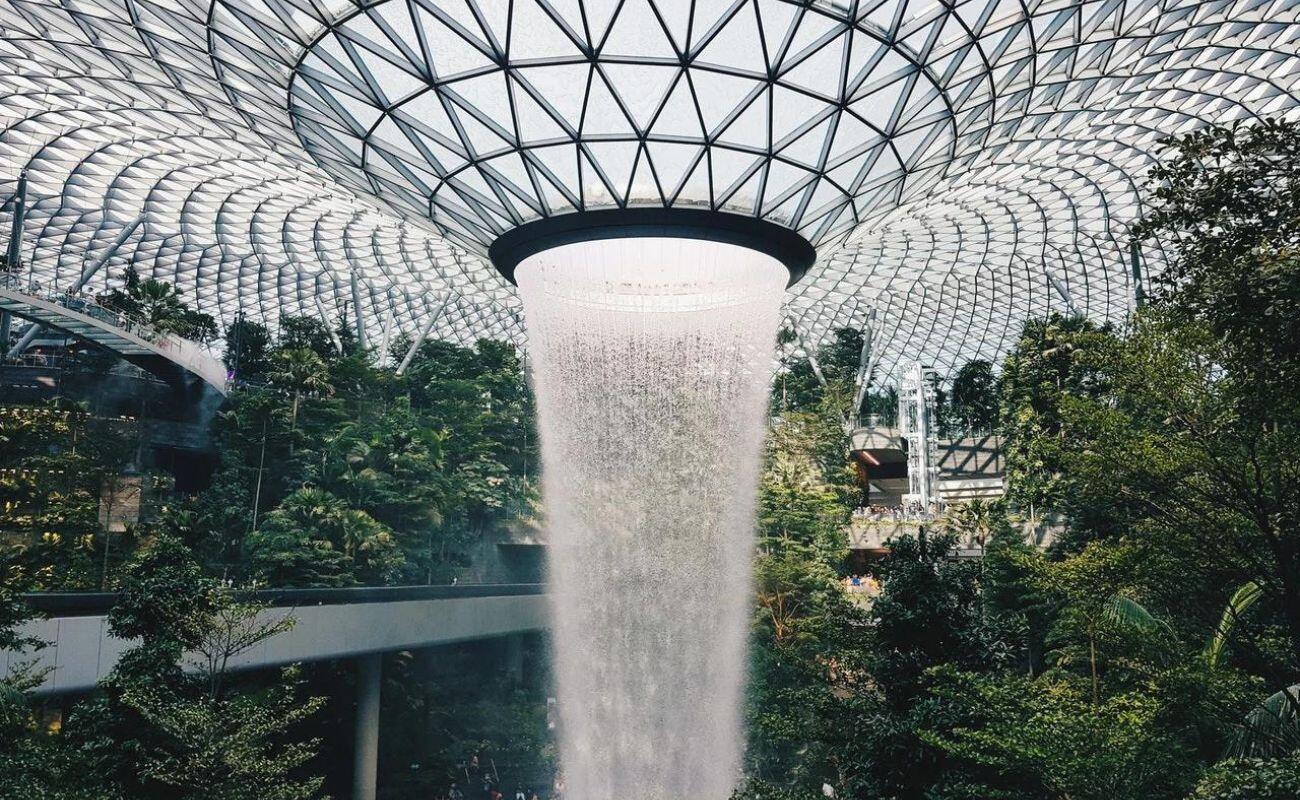
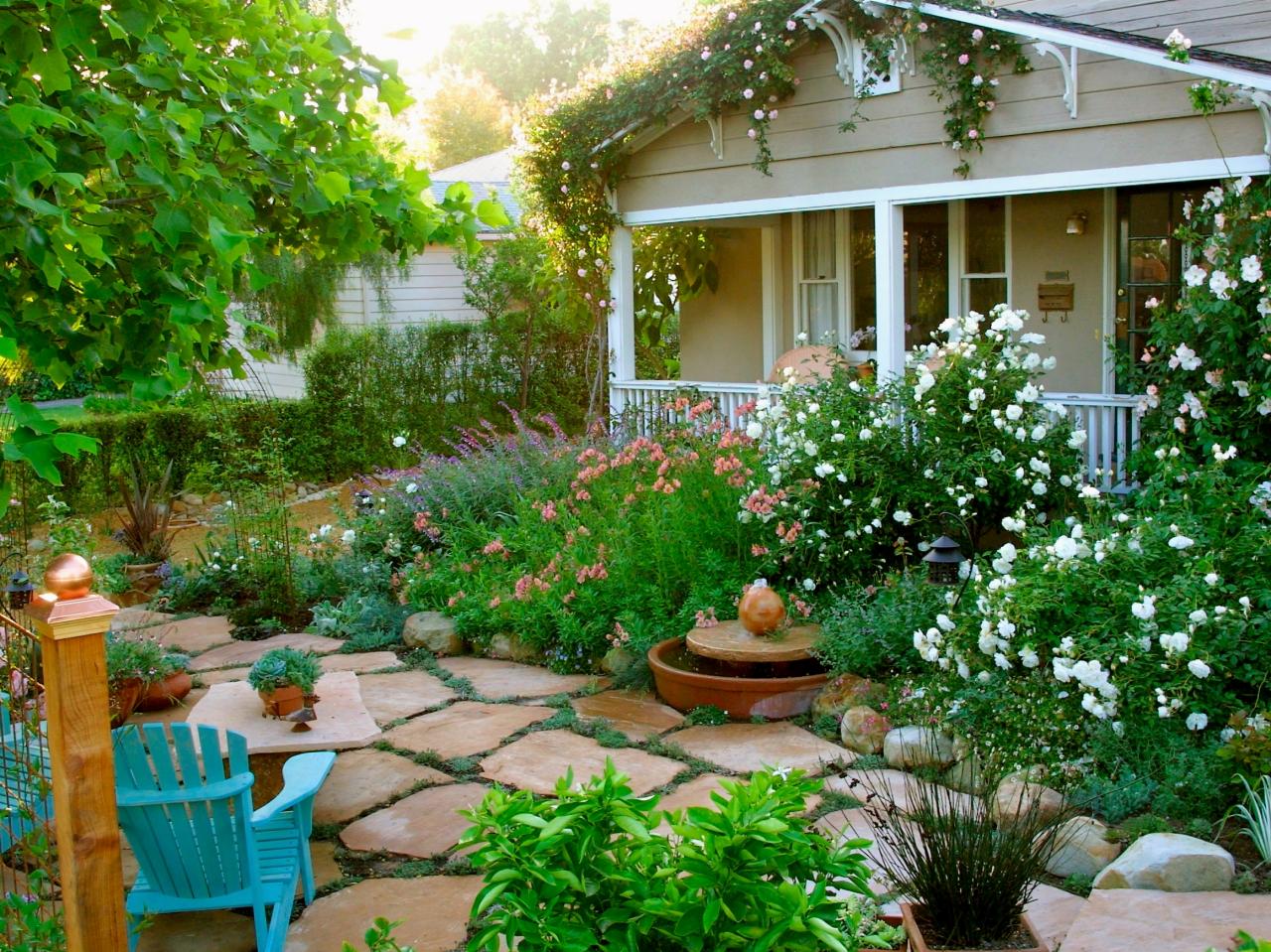
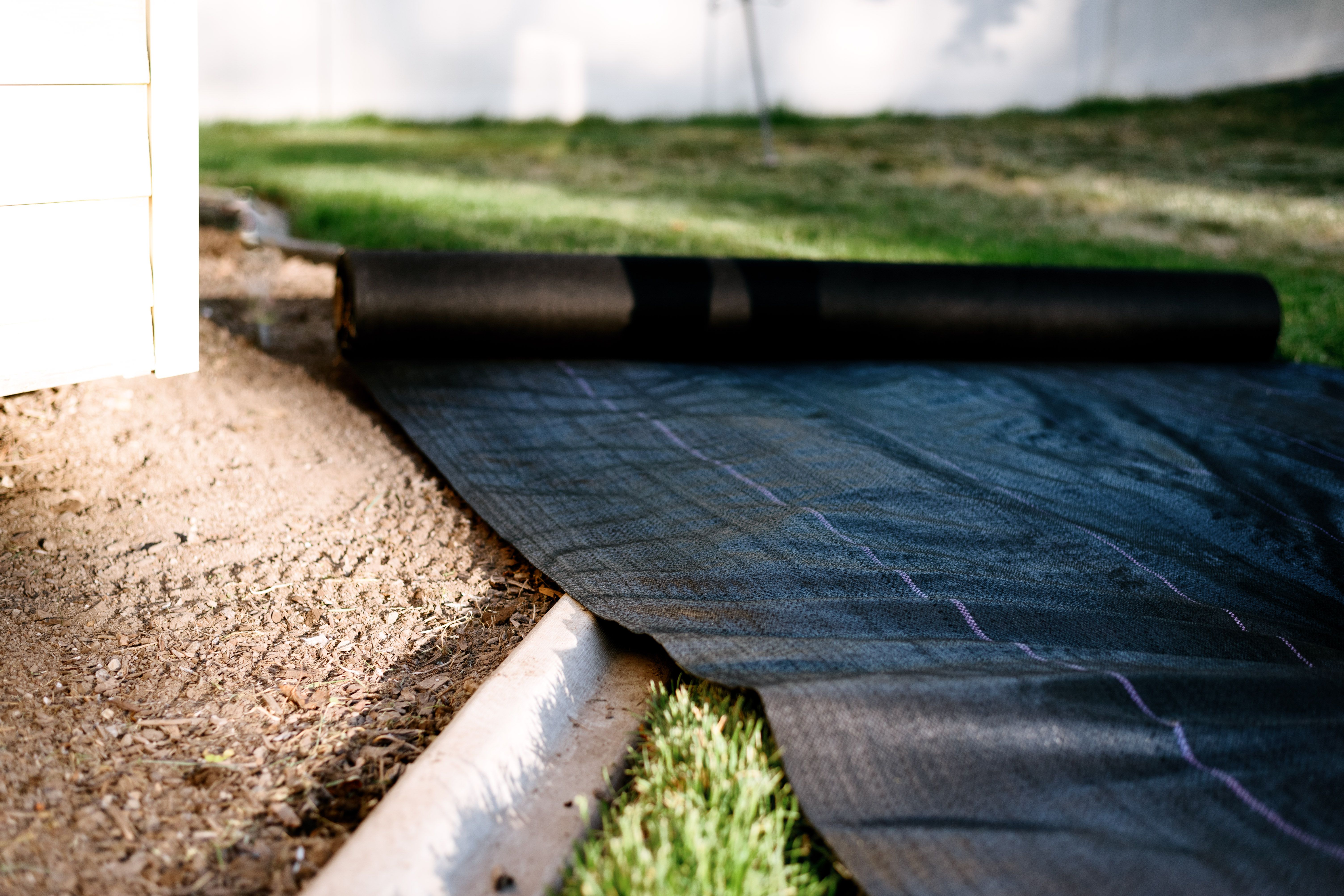
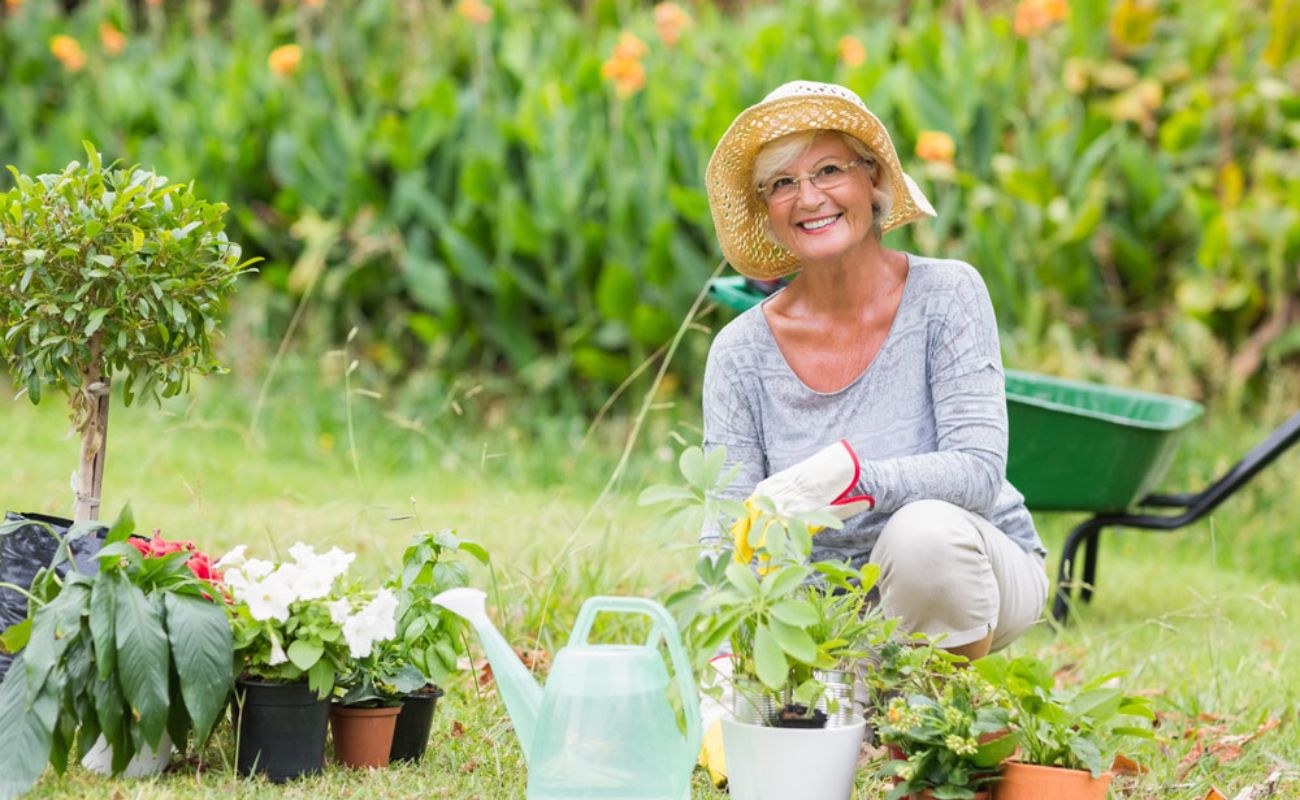
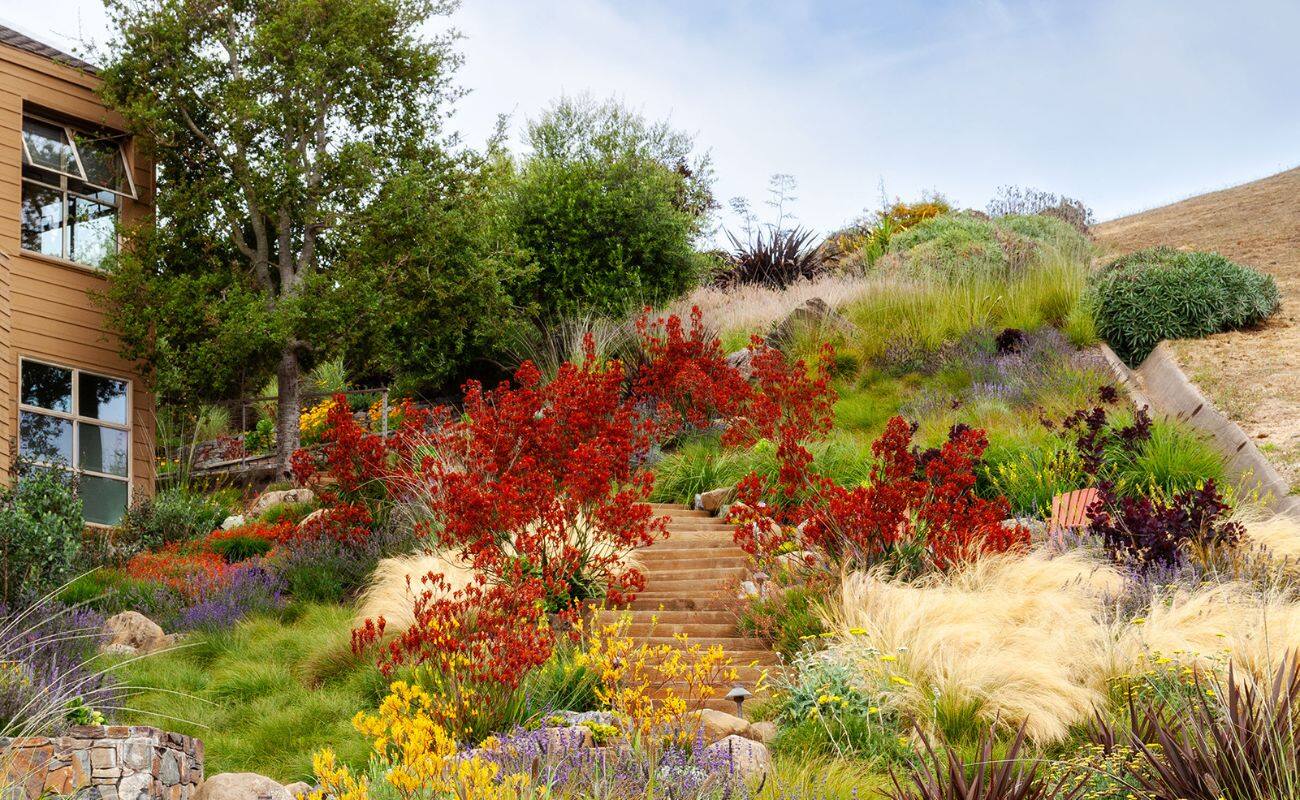
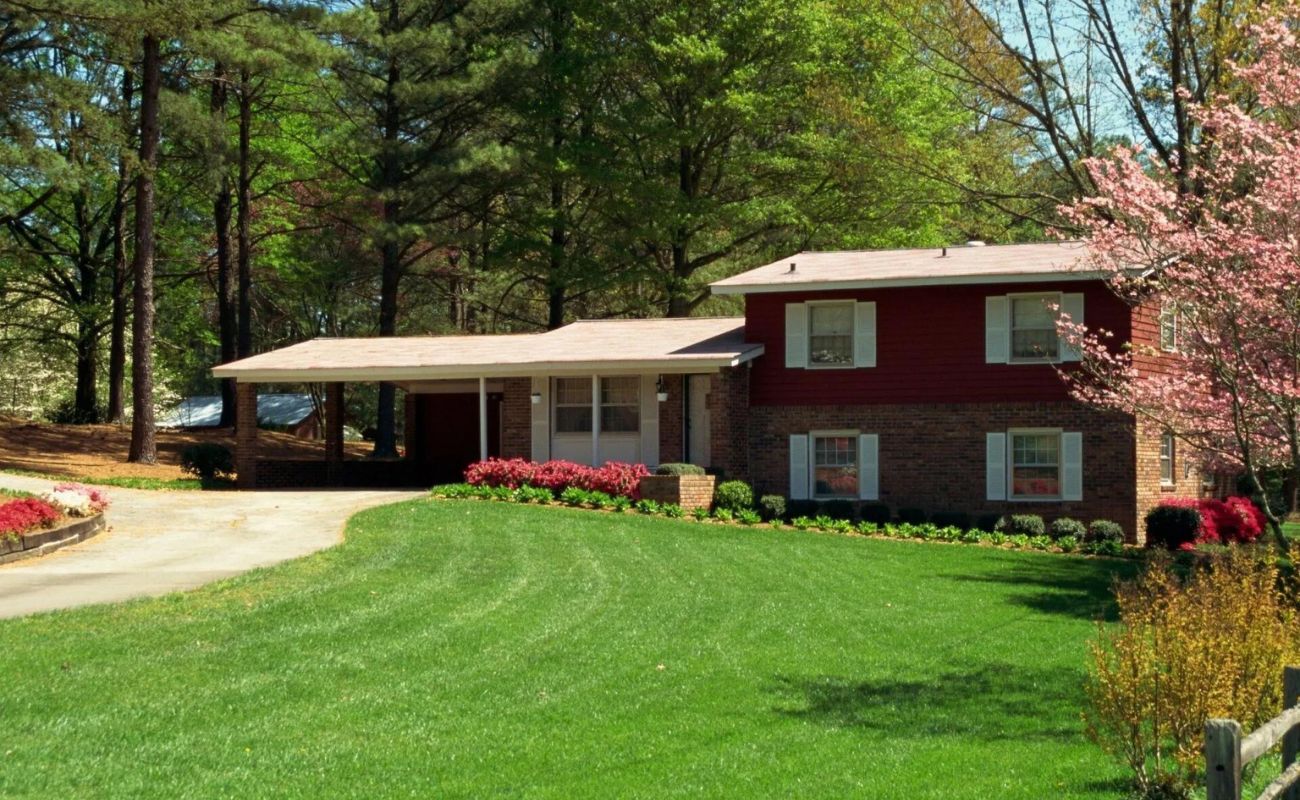
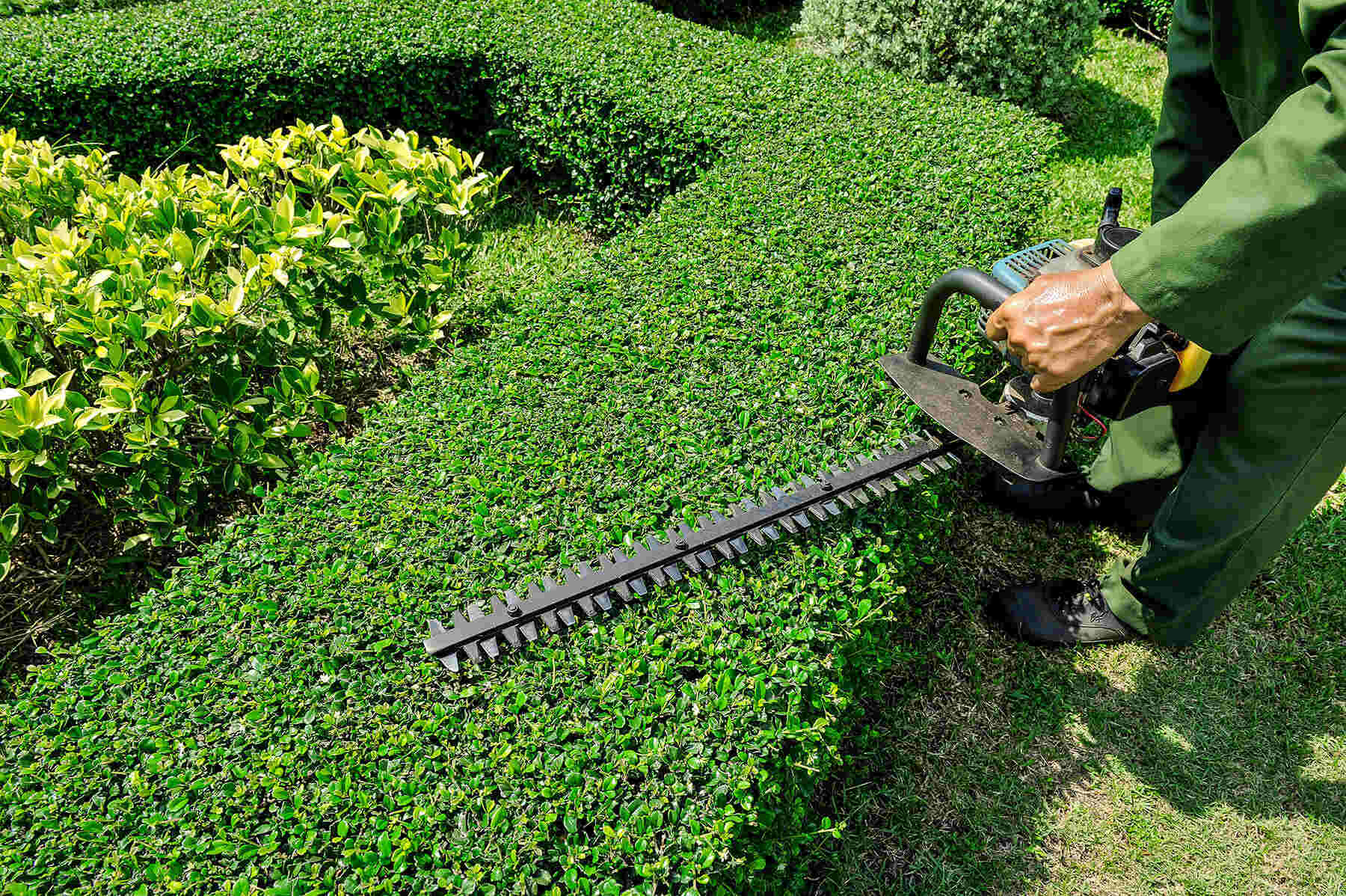
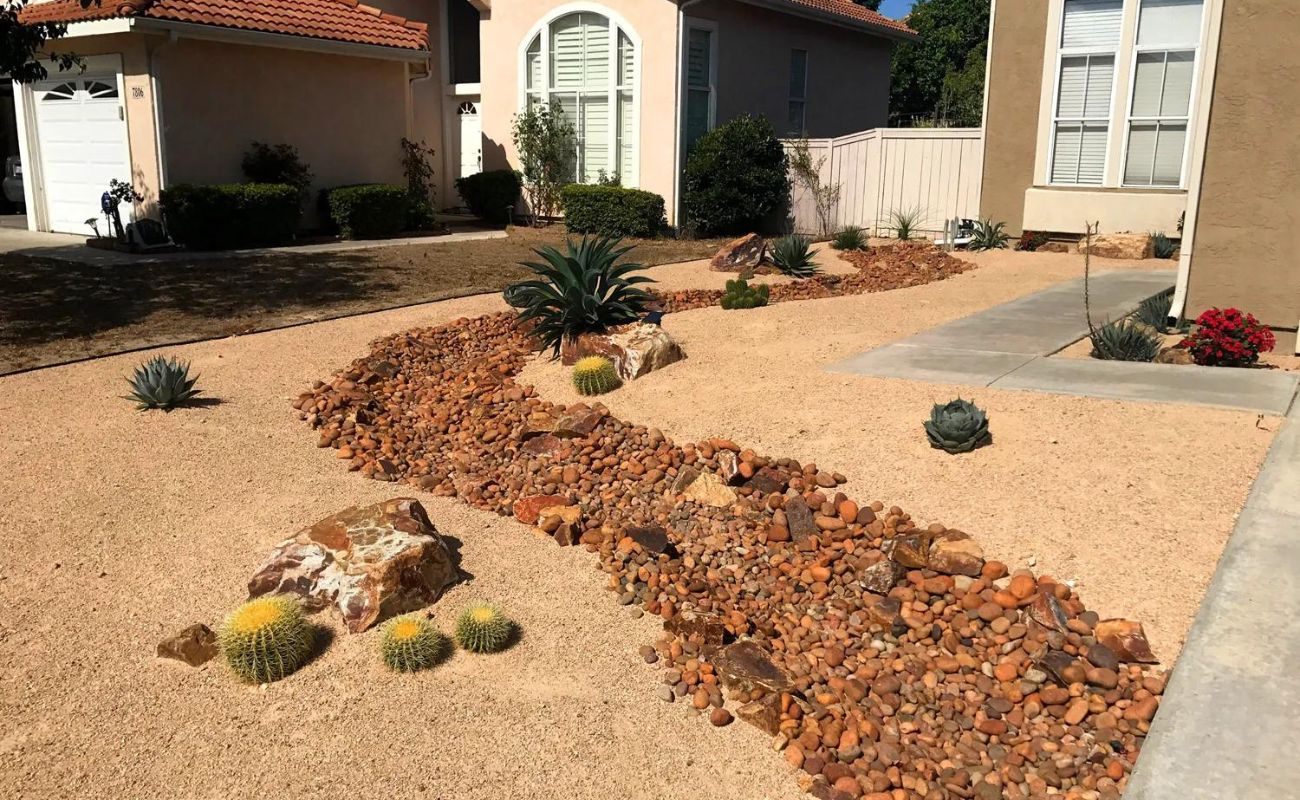
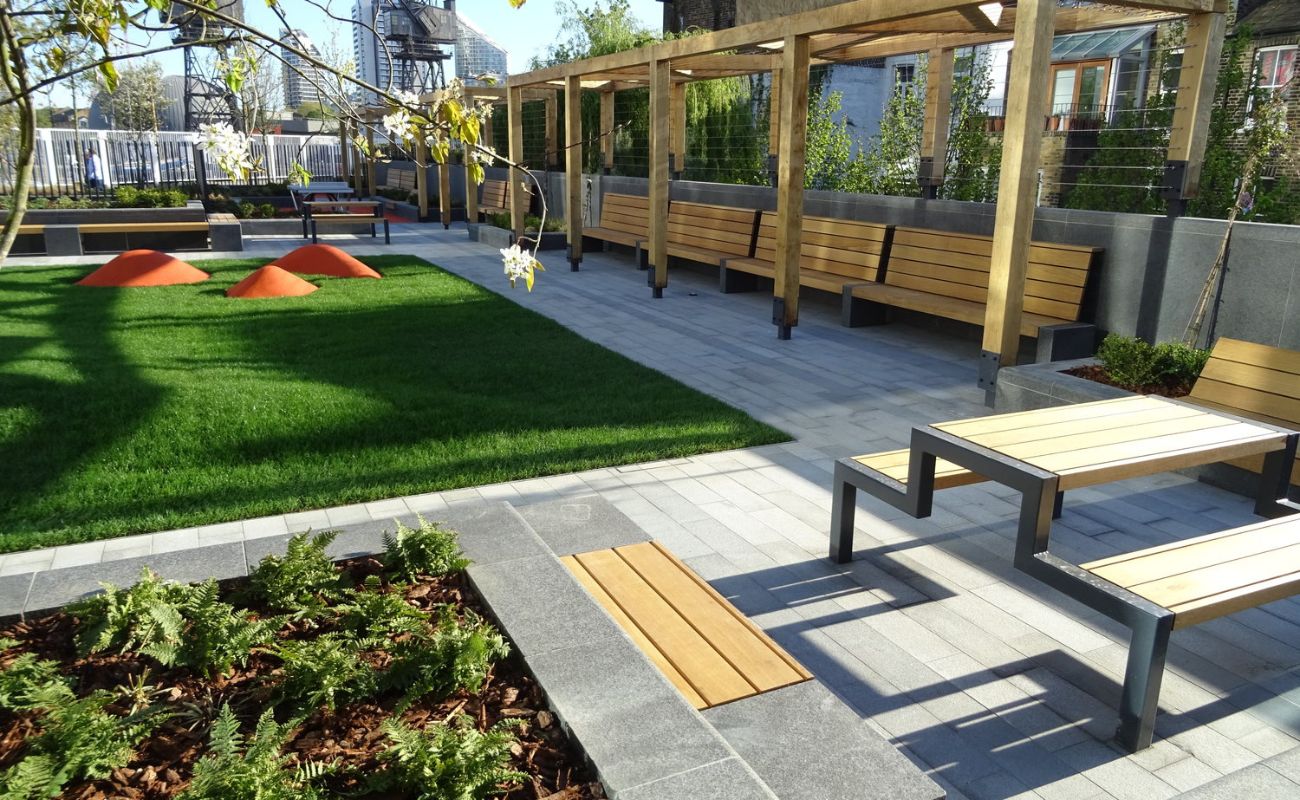
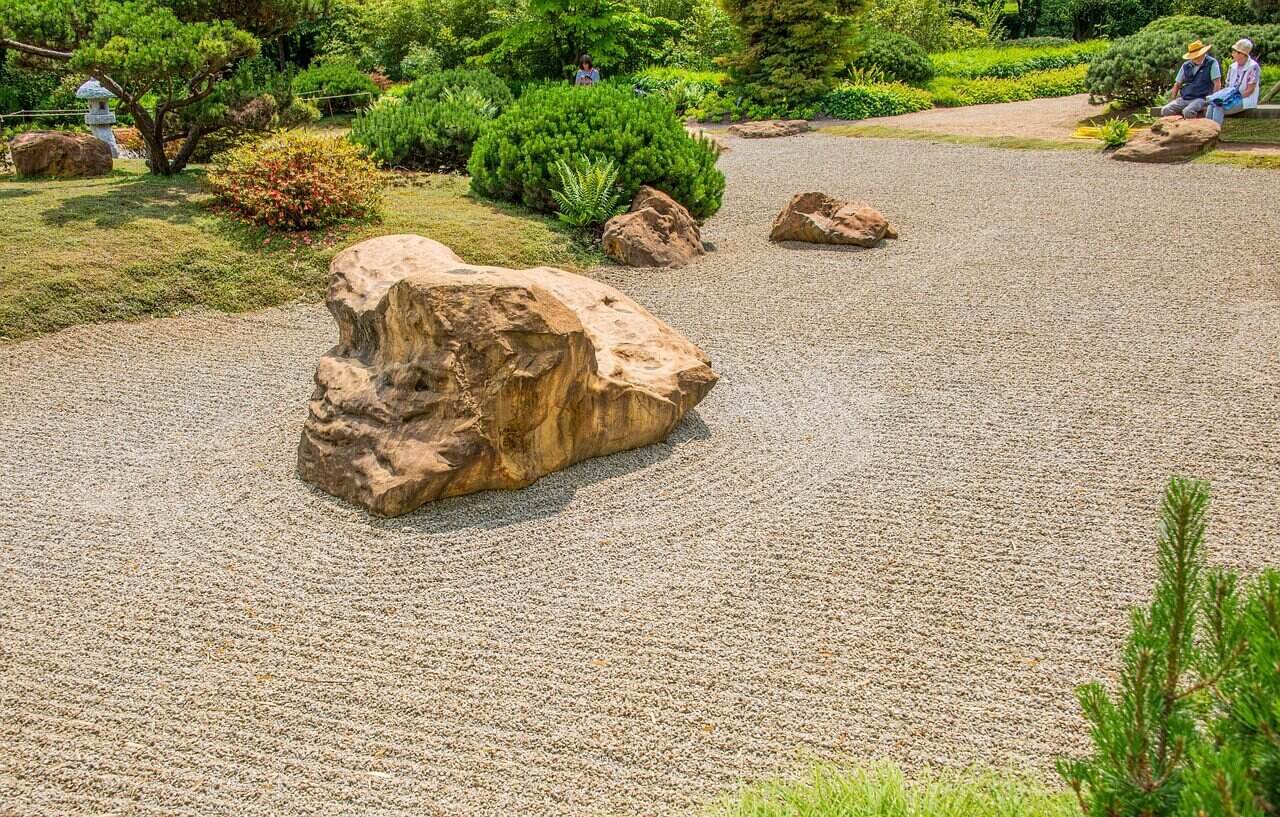

0 thoughts on “What Is Softscape Landscaping”